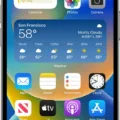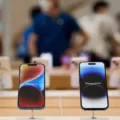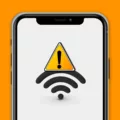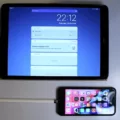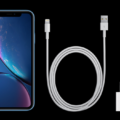The release of the iPhone 13 has left many users scratching their heads, wondering why Apple has made the controversial decision to exclude a power adapter and EarPods from the package. While the company claims it is an environmental move to reduce electronic waste, it’s hard not to see it as a cost-cutting measure and a clever way for device makers to generate additional revenue.
Let’s start with the environmental aspect. Apple argues that by not including a charger and EarPods, they are reducing electronic waste. After all, most people already have a plethora of chargers lying around from their previous devices. By omitting these accessories, Apple claims they can significantly cut down on the production and disposal of unnecessary chargers. However, critics argue that this move may not be as environmentally friendly as it seems.
It is true that many users already own chargers, but not everyone does. What about those who are new to the Apple ecosystem or those who are upgrading from older devices that used a different charging cable? These users will now have to purchase a charger separately, contributing to additional electronic waste. Additionally, the USB-C to Lightning Cable included with the iPhone 13 may not be compatible with everyone’s existing charging adapters or computer ports, potentially forcing users to buy new chargers anyway.
Now, let’s address the elephant in the room – cost-cutting. It’s no secret that removing the charger and EarPods from the iPhone 13 package saves Apple money. By not including these accessories, Apple can reduce the manufacturing and packaging costs of each device. Moreover, they can sell chargers and EarPods as separate accessories, generating additional revenue. It’s a win-win situation for Apple – they save money and make money at the same time.
But what about the consumers? Well, it’s a mixed bag. For those who already have chargers and EarPods, this decision can be seen as a positive as they won’t end up with unnecessary duplicates. However, for those who don’t have these accessories or need replacements, it can be an inconvenience and an added expense.
Critics argue that if Apple’s main concern is reducing waste and promoting sustainability, they should offer customers the option to choose whether they want a charger and EarPods included in their purchase. This way, those who need the accessories can still receive them, while those who don’t can opt out.
The decision to exclude a power adapter and EarPods from the iPhone 13 package is a contentious one. While Apple claims it is an environmentally friendly move, critics argue that it may not be as green as it seems. Additionally, the cost-cutting aspect cannot be ignored. Ultimately, it’s up to the consumers to decide whether they support this decision or not.
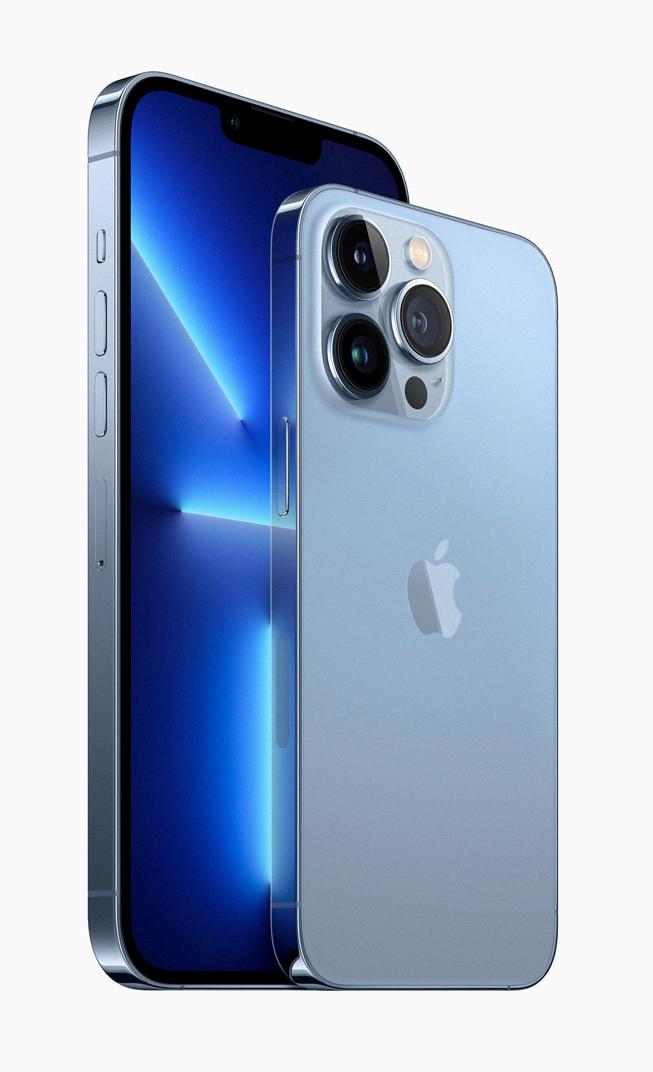
Why Charger is Not Included in iPhone 13?
The decision to exclude a power adapter from the iPhone 13 box is part of Apple’s commitment to environmental sustainability. By not including a charger, Apple aims to reduce electronic waste and minimize the carbon footprint associated with manufacturing and shipping these accessories. Here are some reasons why Apple has made this choice:
1. Environmental impact: By not including a charger, Apple can significantly reduce the amount of electronic waste generated. Many users already own chargers from previous iPhones or other devices, so there is often no need for an additional charger. By encouraging users to reuse their existing chargers, Apple reduces the demand for new chargers and prevents unnecessary production.
2. Resource conservation: The production of chargers requires the use of valuable resources such as metals, plastics, and energy. By reducing the number of chargers produced, Apple helps conserve these resources and minimize the environmental impact of their manufacturing.
3. Packaging and shipping efficiency: Without a charger in the box, the packaging for the iPhone 13 can be smaller and lighter. This reduces the amount of packaging material needed and allows for more efficient transportation, resulting in fewer carbon emissions during shipping.
4. Fast charging compatibility: Apple still includes a USB‑C to Lightning Cable in the box, which supports fast charging. This cable can be used with existing USB‑C power adapters or computer ports to charge the iPhone 13 quickly. By providing a cable instead of a charger, Apple ensures that users can take advantage of fast charging capabilities without the need for an additional accessory.
It’s important to note that Apple’s decision to exclude a charger from the iPhone 13 box is part of a broader industry trend towards reducing electronic waste and promoting sustainability. Several other smartphone manufacturers have also started adopting similar practices. By making small changes like this, we can collectively make a positive impact on the environment.
Why Do New Phones Not Come With Chargers?
There are several reasons why new phones do not come with chargers. These include:
1. Cost-cutting: One of the main reasons is to reduce expenses for the manufacturers. Including a charger with every new phone adds to the production and packaging costs. By excluding the charger, they can save money and potentially offer the phone at a lower price.
2. Electronic waste reduction: Another argument put forth by manufacturers is that most people already have several chargers lying around from previous devices. Including a charger with every new phone would only contribute to electronic waste. By assuming that customers already have a charger, manufacturers aim to reduce environmental impact.
3. Customization and personal preference: Some manufacturers claim that not including a charger allows customers to choose a charger that suits their specific needs. Different customers may have different charging requirements, such as fast charging or wireless charging. By not providing a charger, manufacturers allow customers to select the charger that best suits their preferences.
4. Profit from accessory sales: Device makers can also benefit financially from selling chargers separately as accessories. By not including a charger, they create an opportunity to sell chargers as an additional product. This can generate extra revenue for the company.
It is important to note that not all manufacturers have adopted this practice. While some companies have eliminated chargers from the packaging, others still include them. The decision ultimately depends on the manufacturer’s strategy and the market they are targeting.
Conclusion
The iPhone 13’s decision to exclude a power adapter and EarPods from its packaging is a strategic move that serves both environmental and financial purposes. By reducing electronic waste and relying on the assumption that most users already own chargers, Apple aims to contribute to sustainability goals. However, it is also evident that cost-cutting is a significant factor behind this decision, as manufacturers can save on production expenses. Moreover, by selling chargers as separate accessories, device makers can generate additional revenue. Despite the potential inconvenience to some users who may need to purchase these accessories separately, the inclusion of a USB‑C to Lightning Cable that supports fast charging ensures compatibility and convenience for those with USB‑C power adapters or computer ports. Ultimately, the iPhone 13’s packaging approach reflects a balance between environmental considerations and business strategies.



